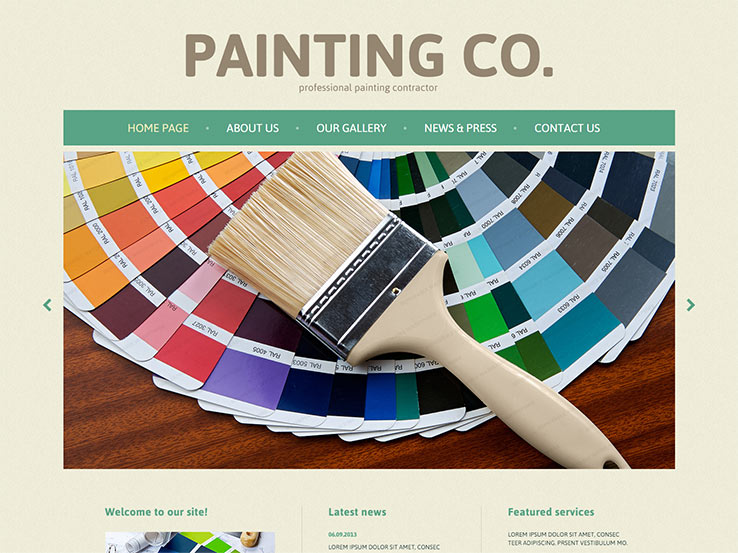Seasonal Consider Industrial Outside Painting: Secret Insights You Should Understand
Seasonal Consider Industrial Outside Painting: Secret Insights You Should Understand
Blog Article
Web Content Develop By-Leach Browne
When you're intending a business exterior paint job, seasonal variables can make or damage your outcomes. You'll wish to consider just how temperature and humidity impact paint application and drying out times. Picking the ideal season can ensure your paint adheres properly and lasts much longer. But which seasons are truly the most effective for this kind of work? Let's check out the crucial elements that can influence your project's success.
The Influence of Temperature Level on Paint Application
When you're preparing an industrial external painting job, the temperature level can significantly influence how well the paint adheres and dries.
Preferably, you want to repaint when temperatures vary in between 50 ° F and 85 ° F. If it's too chilly, the paint might not heal effectively, leading to issues like peeling off or cracking.
On the flip side, if it's too warm, the paint can dry also promptly, stopping appropriate attachment and causing an uneven finish.
You should likewise think about the time of day; morning or late afternoon provides cooler temperatures, which can be a lot more desirable.
Always inspect the manufacturer's recommendations for the specific paint you're making use of, as they commonly offer advice on the suitable temperature range for optimal results.
Humidity and Its Effect on Drying Times
Temperature isn't the only environmental aspect that affects your business outside painting job; humidity plays a significant duty also. High humidity degrees can slow down drying times drastically, impacting the general quality of your paint work.
When the air is saturated with wetness, the paint takes longer to heal, which can bring about concerns like bad bond and a higher risk of mold growth. If https://www.thetelegraph.com/news/article/Painting-of-Wood-River-veterans-finds-a-home-17564668.php on a specifically moist day, be planned for extensive wait times between coats.
It's critical to keep track of regional climate condition and strategy accordingly. Preferably, aim for humidity levels between 40% and 70% for optimal drying out.
Keeping https://interiorhousepaintersnear45554.smblogsites.com/35185625/disregarding-the-benefits-of-making-use-of-a-professional-painting-solution-might-cause-costly-mistakes in mind ensures your task remains on track and delivers a lasting finish.
Best Seasons for Commercial Outside Paint Projects
What's the best season for your industrial external paint jobs?
Springtime and very early loss are usually your best options. During these periods, temperature levels are light, and moisture degrees are often reduced, creating excellent problems for paint application and drying.
Avoid summer's intense heat, which can cause paint to dry also rapidly, resulting in bad bond and surface. In a similar way, winter months's chilly temperatures can hinder correct drying out and curing, running the risk of the longevity of your paint task.
Go for days with temperature levels in between 50 ° F and 85 ° F for optimum outcomes. Bear in mind to check the local weather prediction for rain, as wet problems can spoil your job.
Planning around these aspects guarantees your painting project runs efficiently and lasts longer.
Verdict
To conclude, intending your business outside painting jobs around seasonal factors to consider can make a substantial difference in the outcome. By organizing work during the optimal temperatures and humidity degrees, you'll make certain far better adhesion and drying times. Bear in mind to watch on neighborhood weather forecasts and pick the right time of year-- spring and early loss are your best options. Taking these actions will certainly aid you attain a resilient and specialist surface that lasts.
